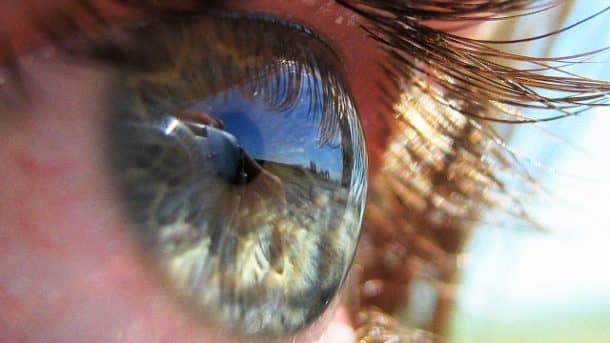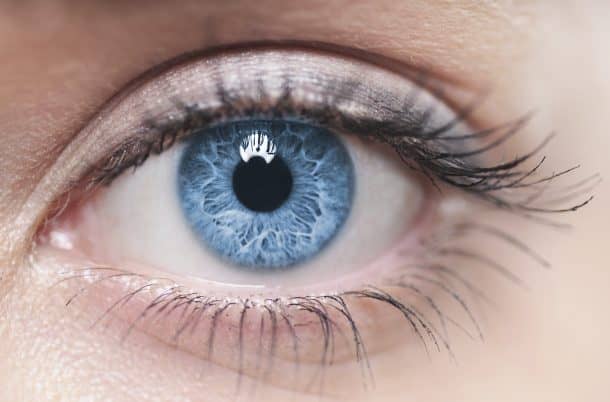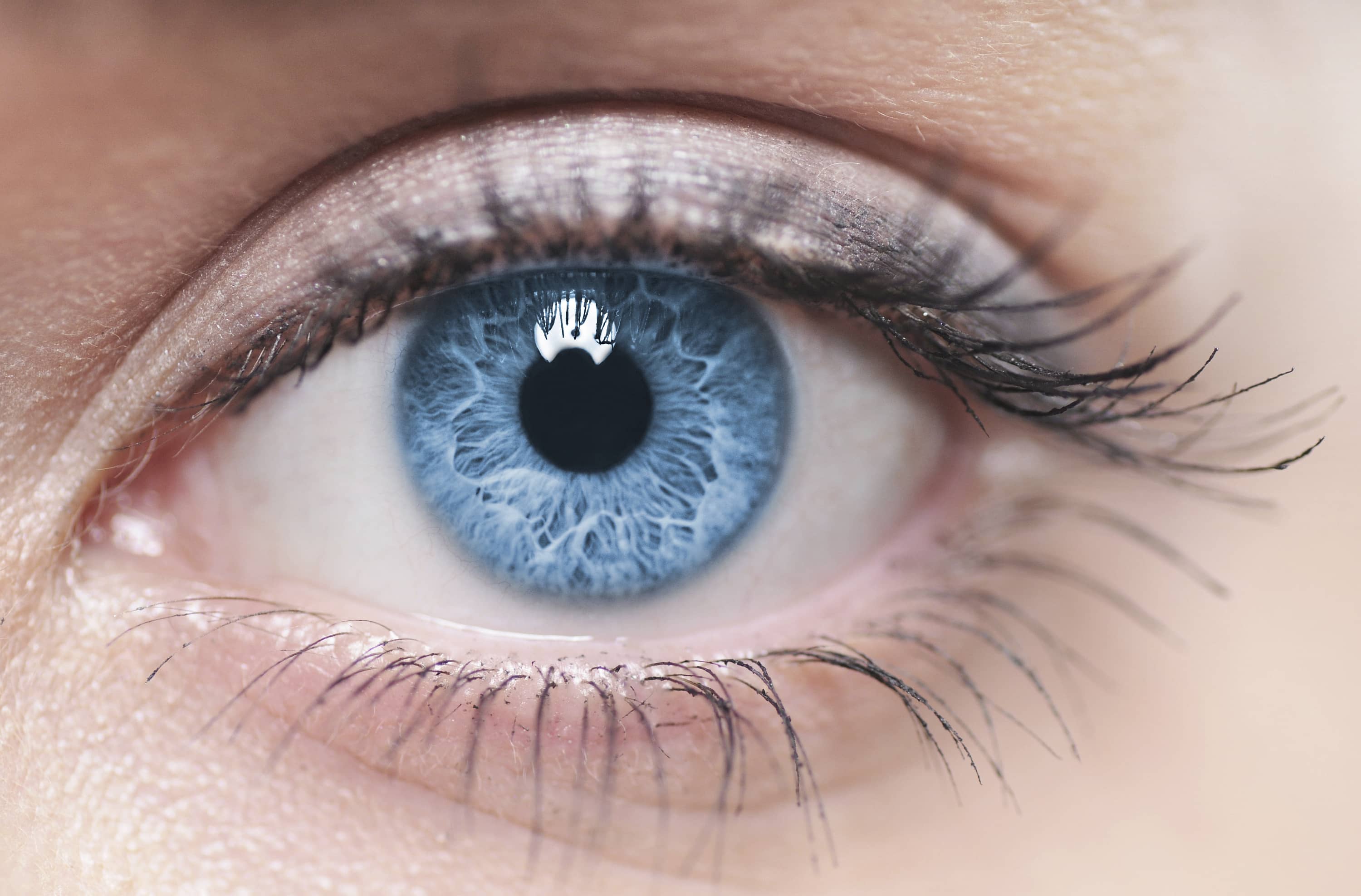Scientists can now successfully grow and implant corneas into living eyes. The animal trials have concluded and testing on humans will soon begin with a hope to solve the problem of cornea transplant rejection in humans.
What is cornea? It is the transparent layer covering the eyes and plays an important role in focusing the eye. For the same reason, this part of the eye is cut during the surgery for corrective vision. Injury, illness or age can damage the cornea and cause clouding in that part of the eye.

Today if someone needs to have a cornea transplant, they would need a human donor for the process. This obviously means limited supply and just in case one gets a donor, transplant rejection is another issue. Like all transplants, the recipient tissues can reject the cornea which might get damaged in the process. Scientists from the University of Melbourne, Australia have fortunately found a solution by creating an artificial cornea. They grew corneal cells on hydrogel base or film forming a sort of “living contact lens”.
“We believe that our new treatment performs better than a donated cornea,” said lead researcher Berkay Ozcelik, “and we hope to eventually use the patient’s own cells, reducing the risk of rejection.”
The corneal endothelial cells has “water pumps” or tear ducts that keep the surface of the eye hydrated. At death, these cells stop working and corneas dry out and cloud as we call it “life escaping the eyes”. Once the cells have grown on the hydrogel film, the cell layer is scraped and implanted via an incision and is given some time to settle. After two months of application, the hydrogel breaks down in the body and new corneal cells are left behind.

Clinical trials involving humans are expected to start next year. If successful, these artificial corneas can solve the problems of limited supply of cornea as well as transplant rejections. The animal trials show promise and we hope the clinical trials turn out just as successful – imagine how many people can have a better quality of life if this works! Well, we are optimistic.


